Our extra-large special edition is here. Subscribe today and receive the 25% longer issue at no extra cost!
The Trends Of E3 2014
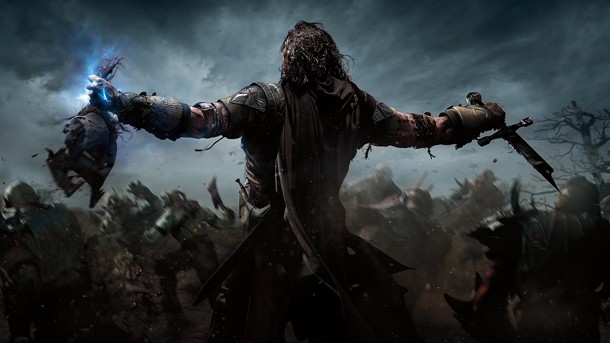
Each year, as we walk through E3’s enormous halls, it’s easy to lose the forest for the trees. Giant displays, pounding music, and glitzy booths are fun, but if you take a broader look, you can see where the industry is going.
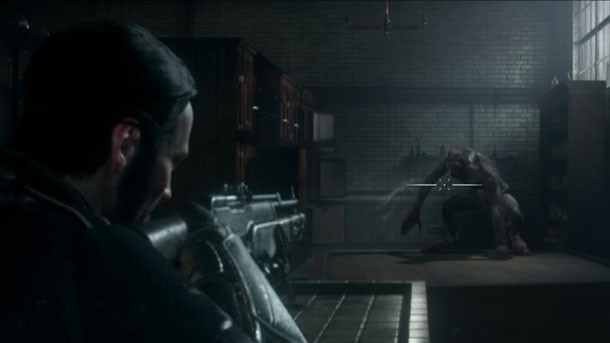
Developers are Embracing Single-Player Again
With the enormous growth of Xbox Live and PlayStation Network last generation, publishers and developers made a push to include multiplayer in almost every title. Checking that box became important, as gamers wanted to make the most of the new interconnected features available to them.
After a while, consumers started to wise up, seeing that too often publishers were checking a box with “bullet point multiplayer.” Thankfully, things are finally changing.
We’re seeing more developers and publishers foregoing shoddy online game modes and focusing on new, creative single-player experiences. Bethesda has typically taken a measured approach to multiplayer, and 2K has evidenced the same kind of confidence recently with BioShock Infinite.
In addition to Bethesda’s The Evil Within, are Sony with The Order: 1886, Warner Bros.’ Batman: Arkham Knight and Shadow of Mordor (specifically the fantastic Nemesis system), and Sega’s Alien: Isolation. We expect more publishers will give developers the option to focus on solo experiences provided there are business options for extending the tail (the post-release window sales). A slate of meaningful DLC is the best way to keep players engaged in these titles for longer periods of time.

Multiplayer is Changing in Exciting Ways
How often did you read reviews last generation that included the phrase “standard multiplayer modes,” referring to deathmatch, team deathmatch, capture the flag, and domination? We’re starting to see developers break those molds thanks to the power of the new home consoles.
Bungie’s Destiny is one of the first (but not only) persistent online shooters. These titles blend genres, making multiplayer more fluid, giving players the opportunity to seamlessly move between solo play and engaging with others.
No Man’s Sky, Dead Island 2, The Division, Assassin’s Creed Unity, and Far Cry 4 all offer some degree of mode blending, too. Expect to see this trend grow, especially as last-gen consoles begin to wind down.
We’re also seeing asymmetry embraced in competitive settings. Real-time strategies made this jump ages ago, but we’ve not seen much of it yet in other genres. Evolve and Fable Legends both feature a team of players against a more powerful (or better equipped) antagonist.
In the case of Evolve, it’s a gigantic monster that becomes stronger throughout the match. Turtle Rock cut its teeth on this approach in Left 4 Dead’s under-appreciated competitive mode, and Evolve looks to be a refined expression of that ethos.
Fable Legends is similar, except that the “villain” character isn’t on the field of battle at all. He or she places traps and minions using a Smartglass interface, working to confound the heroes in a Dungeon Master-style role.
Rainbow Six Siege takes the asymmetry concept in a different direction, putting players alternately in the roles of terrorist and tactical response team. This title looks to be fast-paced, pushing teams to communicate, lay smart defenses (or breach them creatively), and execute on a plan that is constantly in flux.
These kinds of experiences are harder to balance, but taking those risks will go beyond far beyond the classic modes and give gamers more options for playing with their friends. We wouldn’t be surprised if classic deathmatch and capture the flag modes become as rare as World War II shooters are today.

Virtual Reality Still Isn’t Ready (And Probably Won’t Be Until 2016)
After a huge showing of virtual reality products at GDC (including the introduction of Sony’s Project Morpheus), E3 seemed a more mellow environment for head-mounted displays. We really enjoyed our Oculus and Morpheus demos, but they made it clear that there is still much work to be done before consumers can buy in.
Oculus has a leg up thanks to the recent acquisition by Facebook. Many people don’t know that Facebook has significant manufacturing relationships. With Oculus’ relatively small scale (their production runs won’t match Microsoft’s or Sony’s), finding affordable manufacturing partners was a huge challenge for the company before.
Now, Oculus can tap into Facebook’s relationships and create smaller runs at per unit prices reserved for larger contracts. For consumers, this will likely mean a much more affordable Oculus Rift.
Oculus has also made some smart hires and is actively engaging in business development to create a platform similar to Steam that is tailored toward VR experiences. This will allow Oculus to sell the Rift as a loss-leader if necessary (just like most consoles) and make up revenue on the licensing and sales side.
Spinning up a multi-pronged layout like this takes time, though. Oculus has evidenced enormous patience so far, and we don’t expect that to change any time soon. Sony, too, won’t rush its product out of the gate. If either of these two frontrunners launch in 2015, we’ll be extremely surprised. Set your sights on 2016 for the VR revolution.
Head to page two for more E3 2014 trends.
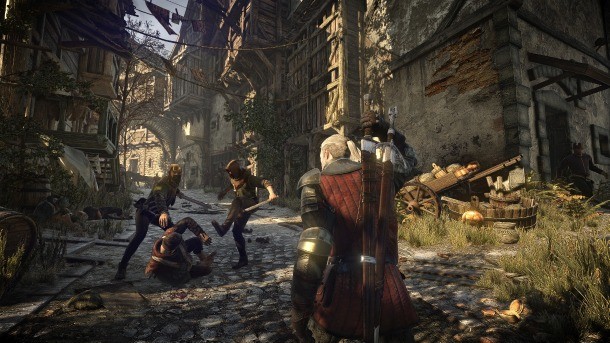
More Meaningful Choices In Open World Games
New-gen consoles aren’t just about improved visuals. In fact, beginning this fall and growing in 2015, we’re likely to see gameplay shifts triumph as the hallmark of the Xbox One and PlayStation 4 era.
Dragon Age: Inquisition, Middle-earth: Shadow of Mordor, and The Witcher 3 herald a new age of player agency. All three of these titles bring player choice out of dialog trees and into gameplay.
Shadow of Mordor’s Nemesis system, which allows you to dominate and dictate the actions of enemy underlings, is the knife point of what to expect as this generation progresses. We picked our marks and used those pawns to work toward our goals, but what was most impressive was the political structure that exists in the enemy ranks.
This approach sets up future opportunities for political intrigue, espionage, and diplomacy in titles that simply could not support those concepts before. Civilization has been doing this for strategy forever, and I’m glad to see action gamers be able to experience the delight of manipulating opponents instead of simply using brute force. Now, how about a Game of Thrones title with these features?
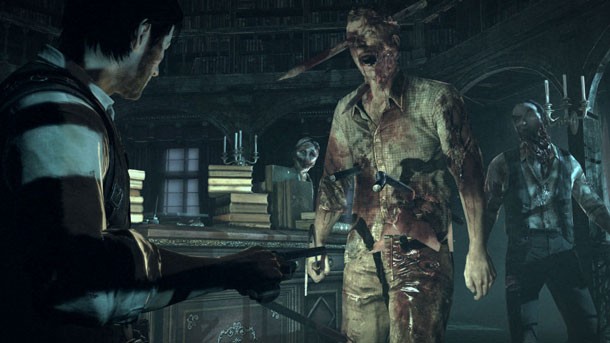
The Horror… The Horror…
Horror games are making a comeback in a big way. After the disastrous Colonial Marines, we expected the Aliens property would be put on the shelf for while.
Imagine our surprise when Creative Assembly (a developer known best for strategy titles) was handed the license. Now, consider our shock when we discovered that Alien: Isolation is shaping up to be the survival horror experience we’ve always wanted from that fiction.
The Evil Within, which had a rough showing at PAX East, was expectedly delayed to give Shinji Mikami and Tango Gameworks more time. Based on what we saw at E3, things are looking up. Mikami is the father of survival horror, and we’re relieved that his newest title is going to make us tense.
Hunt: Horrors of the Gilded Age is another title that is evoking a gothic horror feel. While the cooperative nature of the gameplay is reminiscent of Left 4 Dead, the close camera and freakish nature of the enemies are definitely designed to terrify. Procedural generation of environments and objectives will keep players on their toes.
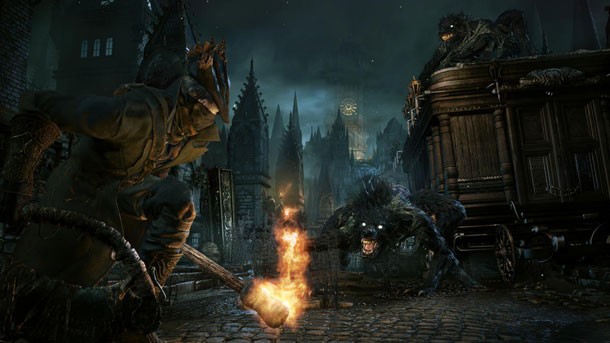
Japanese Development Growing Strong Once More
The video game market has shifted over the past twenty years, as western studios rose and Japanese development ebbed. If this E3 shows us anything, it’s that balance is returning.
Tango Gameworks (The Evil Within), Bloodborne (From Software), Kojima Productions (Metal Gear Solid V), all had extremely strong showings at E3 2014. They join Nintendo’s studios, which laid out a plan for the future that could elevate the Wii U’s standing (if the publisher can better manage its development pipeline).
Swery is still prepping D4 for Xbox One, Suda51’s newly announced Let it Die, Platinum Games has exclusives for Wii U (Bayonetta 2) and Xbox One (Scalebound) in the works, and Atlus continues to bring some of Japan’s greatest to western shores.
Japanese developers are regaining their footing, and this generation should see a return to balance and a more diverse range of experiences because of it.

Get the Game Informer Print Edition!
Explore your favorite games in premium print format, delivered to your door.
- 10 issues per year
- Only $4.80 per issue
- Full digital magazine archive access
- Since 1991









